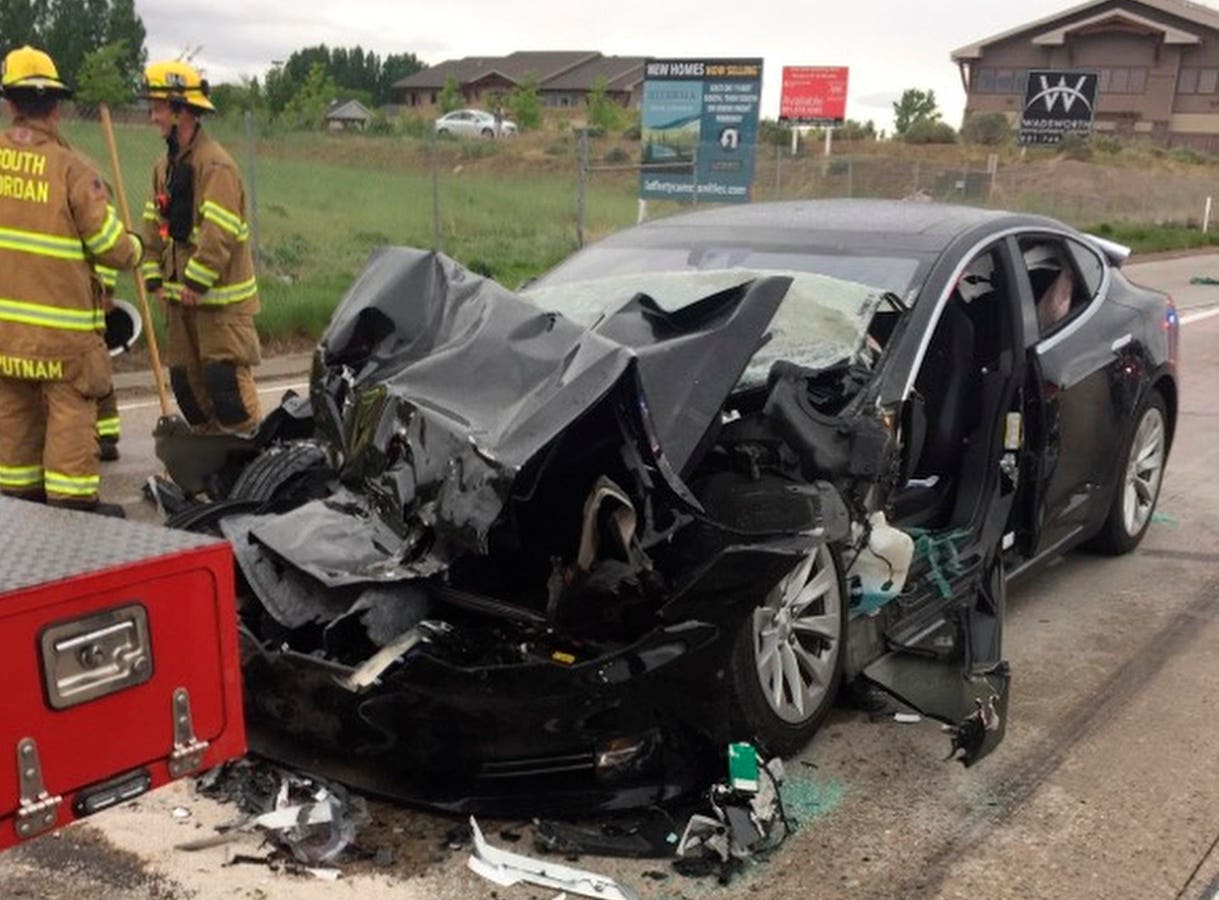In 2024, a quarter million aging electric vehicles will be ready for dismantling and recycling. That could be more than a 30% jump from 2023 — and Redwood Materials, which aims to be the country’s leading EV battery recycler, is ramping up its operations to prepare for the coming onslaught.
The company created by Tesla cofounder JB Straubel, which also makes components for new batteries from materials it recovers from old ones, expects some 250,000 aging Tesla Model S sedans, Nissan Leaf hatchbacks, Toyota Priuses, Prius plug-ins and other hybrids, to turn up at dismantler lots in 2024 — with more coming every year after. That’s up from between 150,000 to 200,000 this year. To ensure it gets as many of those old batteries as possible, it’s launched a web portal to quickly give auto dismantlers purchase offers and schedule trucks to haul them away for recycling.
“Next year is kind of the first major wave of EVs coming off the road, due to the early ramp of EVs in the 2012 to 2014 time range. That’s across full EVs but we also see a significant number of hybrids, primarily Prius, and plug-ins,” Cal Lankton, Redwood’s chief commercial officer, told Forbes. “Every year there are more and more EVs on the road so you can project, using analytics about battery degradation over time and how the general car fleet turns over, an assessment around how many cars are going to come off the road in a given timeframe.”
That’s good news for the closely held company that wants to recover as much of the high-value metals in EV and hybrid batteries — including nickel, cobalt, lithium and copper — as possible and turn them into cathode and anode materials for new cells. Packs from dismantlers add to what Redwood recovers from electronic waste processors, battery factory scraps and auto companies it works with, including Toyota, Ford, Volvo and Volkswagen. Redwood has raised about $2 billion and secured a $2 billion federal loan to expand recycling and component production operations at its Nevada plant and a new facility under construction near Charleston, South Carolina.
Keeping EV Batteries Out Of Landfills
Efforts by Carson City, Nevada-based Redwood and competitors like Li-Cycle to expand battery recycling come as states including Washington, California, Colorado, New Jersey and Illinois formulate rules to keep EV batteries out of landfills. Dismantlers aren’t sure new regulations are needed since they’re making money reselling old batteries that are still usable or sending them to recyclers like Redwood, not junking them.
“Putting them into landfills would make no sense,” said Russ Spaulding, owner of Spaulding Auto Dismantlers in Tacoma, Washington, which works with Redwood. That’s because even old lead acid batteries, which can be recycled, sell for up to $12 while hybrid and EV packs go for much more.
“These batteries are worth several hundred dollars at the very minimum. … They’re not going to the landfill,” he said.
California since 2018 has been formulating guidelines for battery recycling, with input from an industry advisory group, but hasn’t yet issued a final standard.
Redwood said it supports state rules that would require automakers to create programs to recover old batteries but is concerned about how they’re structured. For example, it opposes setting up a third party to oversee battery reuse and recycling efforts, which has been suggested in California, arguing it could make the process more costly. It also thinks it’s unnecessary since dismantlers are already financially incentivized to sell every pack they have.
That even includes lithium-ion batteries involved in accidents that may have caught fire, said Lankton, who previously managed fleet and global operations for Lyft and was Tesla’s vice president of energy sales.
“There’s a different set of shipping requirements that creates some complexity, but it’s all solvable. There’s still value in there; the metals don’t necessarily all just combust simultaneously,” he said. “We make it inert through our proprietary thermal treatment process, and then turn that back into core minerals that we can extract.”
Read the full article here





